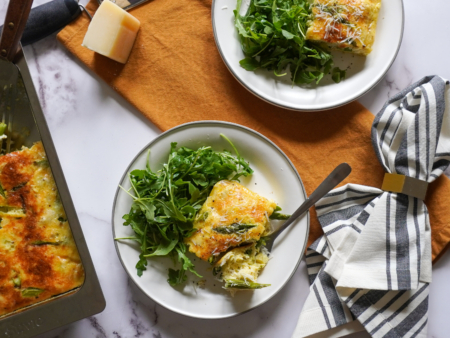Lean, tender, juicy and just a little bit fancy, pork tenderloin is an ideal mid-week treat. Thanks to its aforementioned leanness, it’s also notoriously easy to overcook resulting in an unsatisfyingly dry texture. Well, if you’re planning on using Suvie or sous vide you can leave any fears of dry pork behind. Your tenderloin is guaranteed to be perfectly rosy pink all the way through with our precision sous vide technology. Follow this simple guide to prepare perfectly moist and tender sous vide pork tenderloin every time.
| Temperature | Time | Result |
| 135˚F | 1-3 hours | Very juicy, soft and tender, rosy pink |
| 140°F | 1-3 hours | Juicy and firm but still tender, slightly pink |
| 150°F | 1-3 hours | Firm and slightly juicy, no pink |
Follow this link to find out more information about Suvie cooking times and temperatures.
Ingredients and Tools
- Pork tenderloin (between 12-16oz)
- Salt
- Pepper
- Vegetable oil
Equipment
- Suvie or sous vide wand
- A large pot (if using a sous vide wand)
- Vacuum sealer and bags or Freezer safe sealable plastic bags
Directions
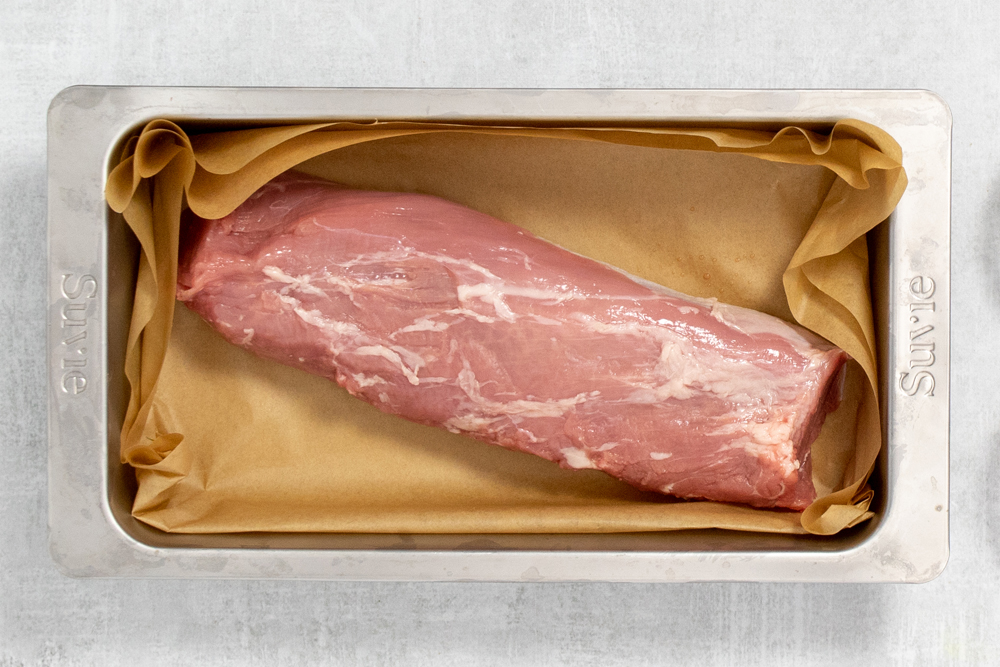
If you’re using a sous vide wand, pre-heat your water bath to the desired temperature
Pat the pork tenderloin dry with some paper towels and season generously on all sides with salt and pepper.
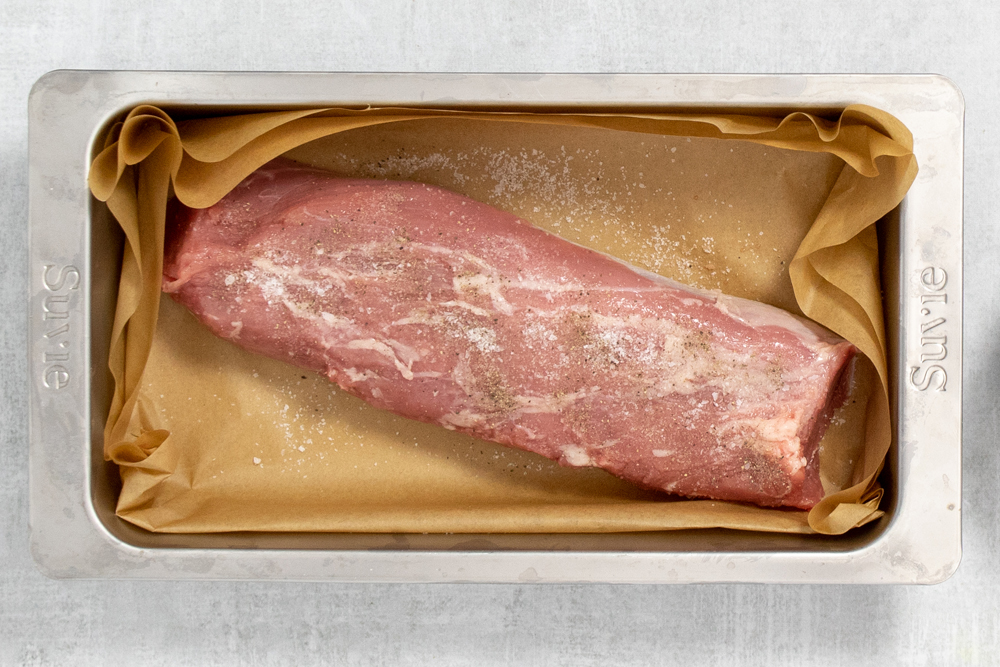
Place tenderloin in a plastic bag and vacuum-seal. Follow our guide if you are using the water displacement method.
If you are using Suvie, use the following settings:
Suvie Cook Settings
Bottom Zone: Sous Vide at 135-150°F for 1-3 hours (based on desired doneness)
Top Zone: Sous Vide at 135-150°F for 1-3 hours (based on desired doneness)
Once the cook is finished, remove the tenderloin from the water bath or pan and remove from the bag and pat dry with a paper towel.
Finishing
Now that you’ve successfully cooked the tenderloin to perfection we recommend searing it over high heat before serving.
Heat 1/2 tbsp vegetable oil in a cast-iron skillet over high heat. You’ll want to use an oil with a high smoke point so avoid olive oil if possible. Carefully place the tenderloin in the hot pan being careful to avoid any splashing oil. Cook each side for 30-45 seconds until the meat is lightly browned.
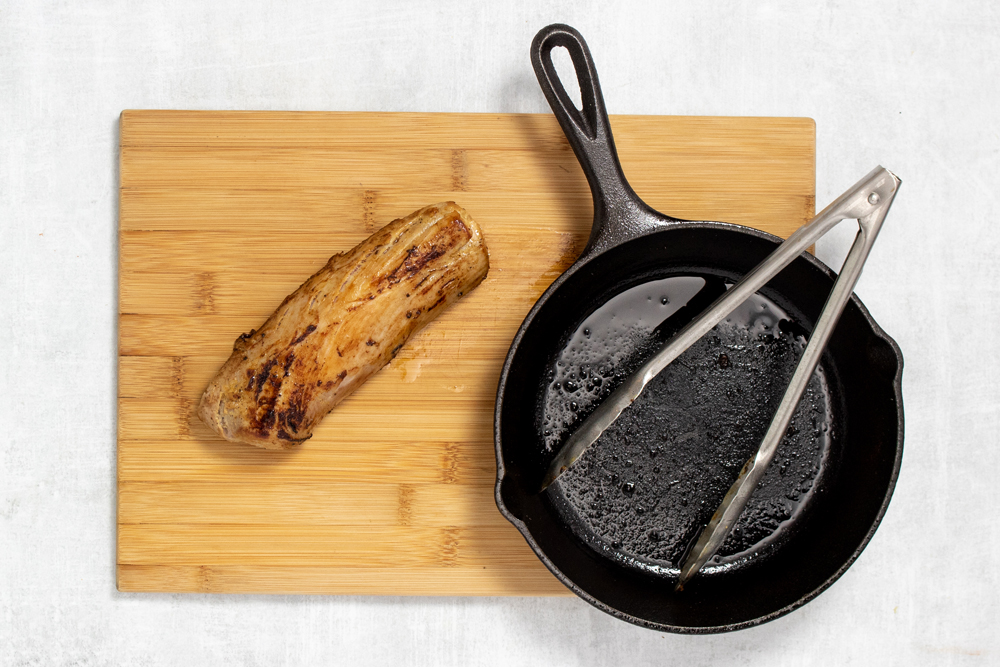
Remove the tenderloin from the pan and let rest for 2-3 minutes before cutting. Serve and enjoy!
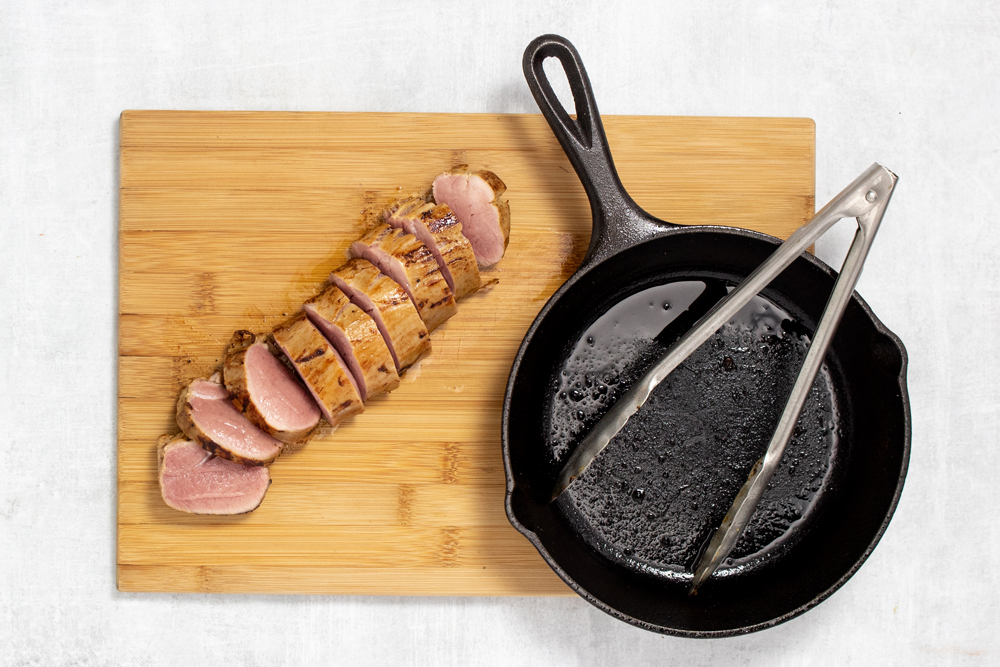
Recipes to try
Pork Tenderloin with German Potato Salad
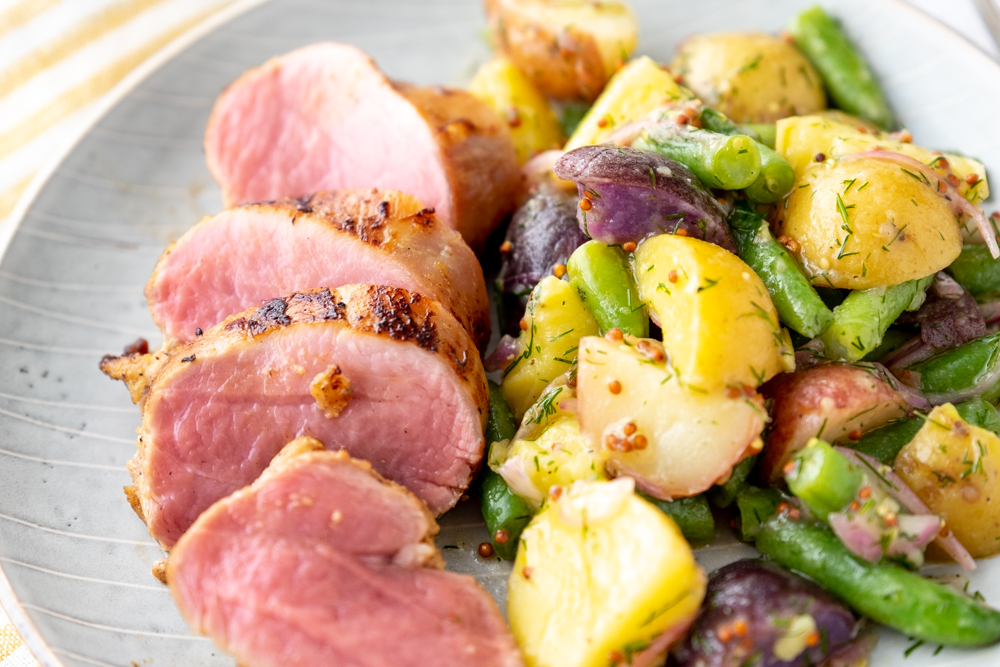
Bacon-Wrapped Pork Tenderloin with Roasted Brussels Sprouts and Parsnip Puree

FAQs
Are the cooking temperatures safe?
Our recommended cooking temperatures for Sous vide and Suvie are lower than what the USDA recommends, however, cooking times and temperatures are long enough and high enough for “pasteurization” to make your food safe. The USDA recommendations indicate the temperature needed to instantly kill food pathogens. By cooking for a longer time at a lower temperature we are able to achieve the same effect. However, high-risk populations should use extra caution when preparing foods below the USDA recommended temperatures.
Can I use any type of plastic bag?
You can, however, make sure that they are made from polyethylene. Some branded plastic bags are made using polyethylene which is a BPA and dioxin free plastic that can safely handle sous vide cooking temperatures up to 190°F. Some generic branded plastic bags are made using cheaper polyvinyl chloride (PVC) which cannot handle high temps and contains chemicals that can leach into food.
Where can I get vacuum sealed proteins?
If you don’t want to fuss with vacuum sealers and ziplock bags you can skip the store and order the Suvie Protein Box. Just put together your ideal combination of preseasoned, portioned, and vacuum-packed high-quality meat, poultry, or fish. We deliver it to you frozen in a carefully-packed box.
Can I use frozen pork tenderloin?
Yes! This technique will work with frozen tenderloin. If you’re cooking straight from the freezer just add an additional hour to the sous vide time.
Can I refrigerate the pork after the sous vide process and sear it later
For food safety reasons, we recommend consuming your pork soon after cooking.
Do I need to brine the tenderloin before cooking?
Pork often benefits from a salt-water brine before cooking. However, thanks to the precision and control of sous vide this step is unnecessary.

